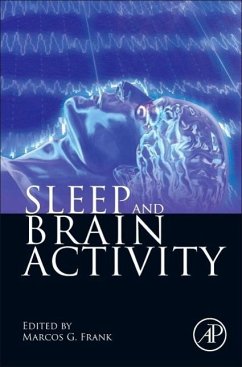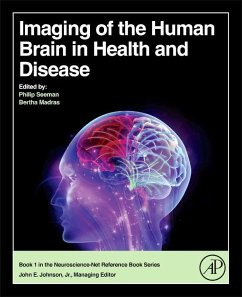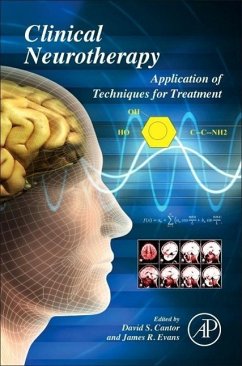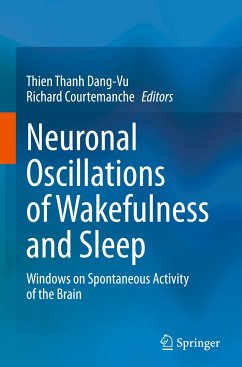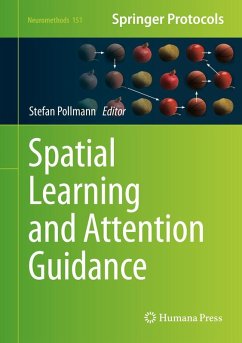Nicht lieferbar
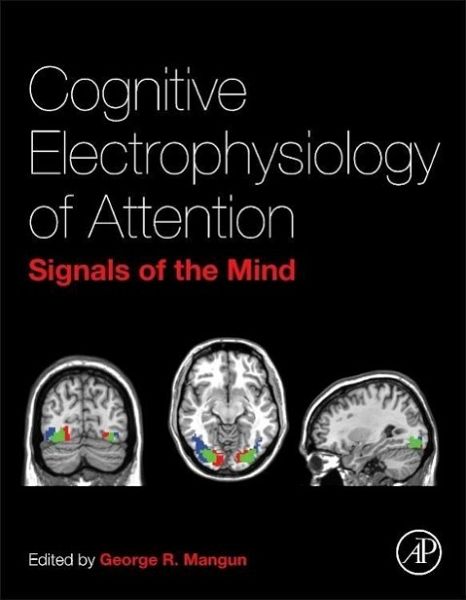
Cognitive Electrophysiology of Attention
Signals of the Mind
Herausgegeben: Mangun, George R.
Versandkostenfrei!
Nicht lieferbar
Cognitive Electrophysiology of Attention explores the fundamental mechanisms of attention and related cognitive functions from cognitive neuroscience perspectives. Attention is an essential cognitive ability that enables humans to process and act upon relevant information while ignoring distracting information, and the capacity to focus attention is at the core of mental functioning. Understanding the neural bases of human attention remains a key challenge for neuroscientists and psychologists, and is essential for translational efforts to treat attentional deficits in a variety of neurologica...
Cognitive Electrophysiology of Attention explores the fundamental mechanisms of attention and related cognitive functions from cognitive neuroscience perspectives. Attention is an essential cognitive ability that enables humans to process and act upon relevant information while ignoring distracting information, and the capacity to focus attention is at the core of mental functioning. Understanding the neural bases of human attention remains a key challenge for neuroscientists and psychologists, and is essential for translational efforts to treat attentional deficits in a variety of neurological and psychiatric disorders. Cognitive electrophysiology is at the center of a multidisciplinary approach that involves the efforts of psychologists, neuroscientists, neuropsychologists, psychiatrists, and neurologists to identify basic brain mechanisms and develop translational approaches to improve mental health. This edited volume is authored by leading investigators in the field and discusses methods focused on electrophysiological recordings in humans, including electroencephalography (EEG) and event-related potential (ERP) methods, and also incorporates evidence from functional magnetic resonance imaging (fMRI). Cognitive Electrophysiology of Attention illuminates specific models about attentional mechanisms in vision, audition, multisensory integration, memory, and semantic processing in humans.





